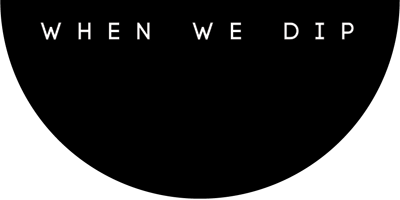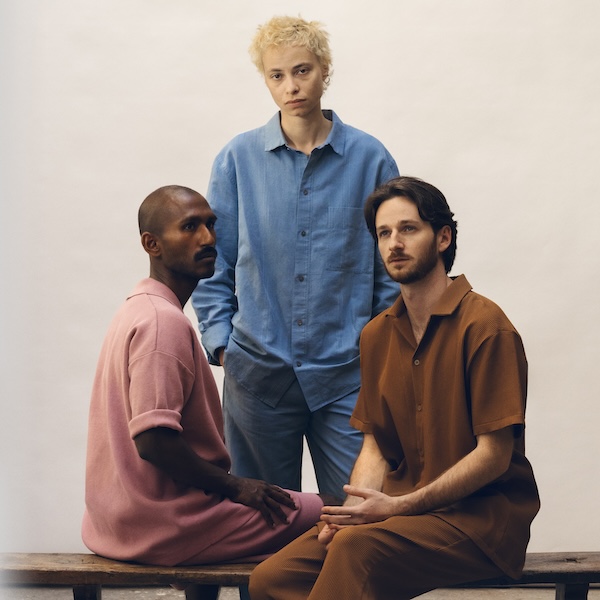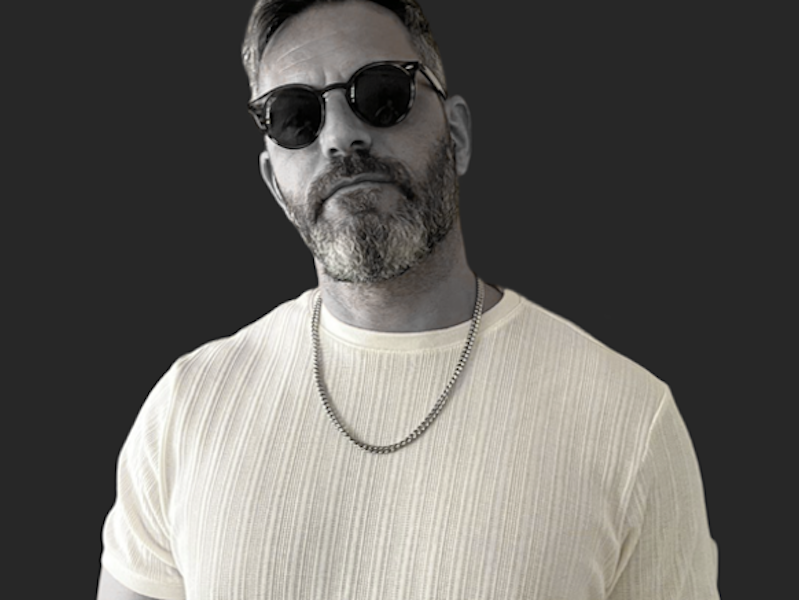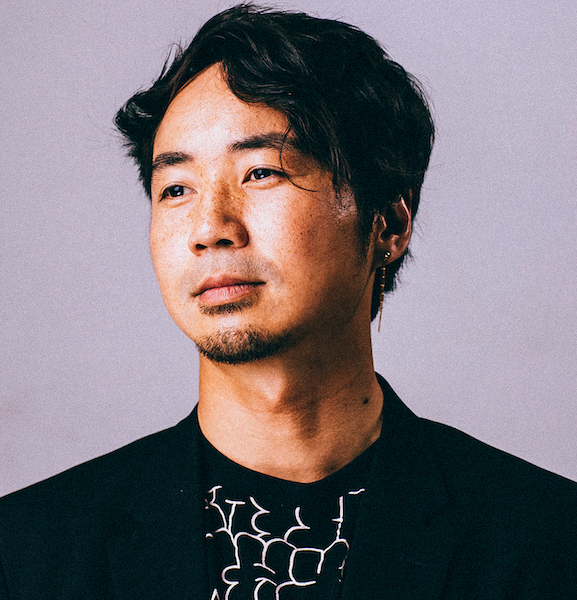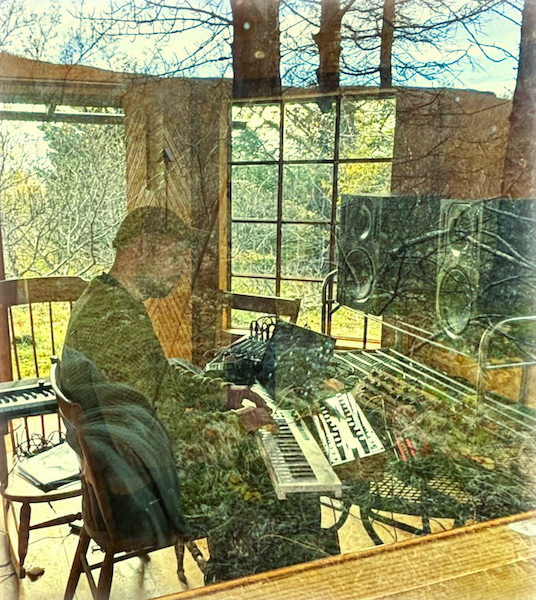Fusing the energy of electronics with the power of the orchestra, the experimental French electronic music producer William Rezé, also known as Thylacine, presents his new album, ‘Thylacine and 74 Musicians’, set for release on the 23rd of February. Thylacine is known for his progressive sound and fearless creations, which have shined through in previous releases such as ‘9 Pieces’ and ‘Timeless’. As the album title reveals, the project is a collaboration between Thylacine and 74 musicians, encompassing both orchestral and choral members. In bringing this project to life, the genre-bending conductor-composer Uèle Lamore has been instrumental. We have taken a moment to meet with the two project leads, Thylacine and Uèle, to discuss the story behind the project.
WWD: William, this marks another accomplishment in your career, building on your previous experience in seamlessly blending electronic production with orchestral elements, as demonstrated in ‘Timeless’ back in 2020. Your familiarity with classical music is not newfound, considering your background and training as a saxophonist. Could you delve deeper into your connection with classical music and shed light on the inspiration behind revisiting the classical repertoire at this juncture in your career?
Thylacine: When I was young, classical music didn’t really resonate with me; it was just part of my classes, creating a somewhat forced relationship. I started playing in bands and exploring electronic music, as I sought more freedom, distancing myself from classical tunes. Surprisingly, I ended up rediscovering classical music later on, this time as a composer, not just an instrumentalist. This shift allowed me to gain a deeper understanding of its structure and significance, which I lacked time for in my youth. Eventually, I grew to understand the classical masterpieces, and now I truly enjoy them. This project began during the COVID pandemic, initiated by a challenge from Sony’s classical music label to create a piece. They requested a single track with an edge, leading me to use the balama, a Turkish guitar, in the composition. The success of the track led to the idea of an album, but with travel restrictions in place, I had to rethink my approach. This sparked the concept of time travelling through music, exploring different historical periods through classical pieces, resulting in the creation of entirely new tracks. We were happy about the positive feedback we received for the album “Timeless” from the classical music scene. Recognizing the album’s rich orchestration, we decided to use high-quality recording samples instead of a live orchestra, with help from Sony’s library of recordings. Yet, we couldn’t shake the idea of performing these tracks live with a full orchestra. What began as a small dream grew into a larger ambition. Eventually, we took the opportunity to turn it into reality, transitioning from a concert concept to recording a live album. During this journey, I had the chance to revisit some personal compositions, blend them with rearranged tracks from ‘Timeless,’ and create new pieces for the occasion.
WWD: Uèle, in your perspective, what stands out as the most intriguing aspect when merging orchestral and classical elements with electronic music?
Uèle Lamore: In the recording process, Will and I collaborated outside the traditional scope of a classical conductor. We had to creatively blend arrangements and sounds, avoiding clichés and making interesting choices. The orchestra’s sonic power is remarkable, offering countless textures from woodwinds, brass, and percussion. The orchestra is like a giant analogue synthesiser. For example, we had a tuba playing on the record, and we truly discovered the power of the instrument thanks to the talented instrumentalist. This is just one example of the orchestra’s capability.
WWD: This makes me ponder the possibilities of electronic music, which appear somewhat infinite. You can modulate the sound endlessly. However, there’s still something about ‘real’ instruments that seems unachievable, even though they may appear authentic. It’s about the power and presence that electronic music may struggle to attain. Nevertheless, they seem to complement each other in unique ways.
Thylacine: When we were recording, I came to understand that the power of the orchestra lies in its imperfections. Each player is slightly out of tune and tempo, but it’s these subtle nuances, these “mistakes,” that contribute to its grandeur and beauty. This unique quality is difficult to replicate in electronic music, where every note can be controlled. The diverse sounds of different instruments, each with its character also add to the orchestra’s richness. The variations among multiple violins playing the same notes create a really powerful effect. What struck me most was how these imperfections enhance the music’s perfection.
WWD: Can you both elaborate on some of the challenges or limitations when working on a project like this as a conductor?
Uèle Lamore: When we first started working together, I think our mindset was to do whatever we wanted to do. And then we would go over possible problems arising. When we started working with classical musicians unfamiliar with crossover genres and amplified performances, we met some challenges. We realised that it was necessary to explain the technical aspects and the blending of electronics with the orchestra, as well as the final vision, the sound we were expecting etc. This was when we really realised that two worlds were colliding, but once we began playing the music and getting into it, I think everybody understood the project – especially the first time we played live. I think that classical musicians are not used to having an audience going that crazy. So they were really happy and said: “Okay, this is dope”.t’s always interesting to see the first moments where two musical cultures collide, especially when everyone ends up happy with the results.
Thylacine: The technical aspects were the real challenge. We designed a setup where Uèle and the orchestra had click sounds and cues in their monitors, as I wanted to keep some flexibility in my setups, allowing for improvisation. So, the cues were used to signal when to continue. It was important that the orchestra could stay on track and maintain the tempo, especially considering the different approaches to rhythm in electronic and classical music.
WWD: I see a lot of misconceptions and misunderstandings on both sides; classical musicians do not fully understand electronic music and younger generations see classical music as outdated. Albums like this one help break down these misconceptions on both sides, bridging the gap between genres. Do you believe that projects like yours are slowly chipping away at these misunderstandings?
Uèle Lamore: I don’t think the misunderstanding is coming from the younger generation, they are open to listening to all kinds of music. The audience at William’s concert is proof of that. And as seen in England, Germany and the Northern countries, there’s a real public for neoclassical music. In France, classical orchestras often have very traditional programming, with little room for new music. However, there are some exceptions, like the Paris Philharmonic, which is attracting a younger audience with its diverse programming. The audience for classical concerts is there, but institutions need to shed their elitist image and be more open to diverse audiences and programming.
Thylacine: It was fascinating to see the audience’s reaction at the concert we did with the orchestra, which brought together both worlds. Many people used to electronic music enjoyed seeing an orchestra for the first time and loved the energy. In a time dominated by artificial intelligence and digital technology, the presence of organic instruments on stage was refreshing. Additionally, I was pleasantly surprised by the openness of the classical music scene, as I was invited to classical music festivals and radio stations to discuss our project, and they loved the result. Initially, I had feared criticism from the classical music community, but the positive reception was a relief.
WWD: To look more into the future, how do you see your music and the world of classical music merging further? What exciting possibilities has this project opened for you as an artist?
Thylacine: It has brought many possibilities. At the moment, I just want to compose for an orchestra without the electronic elements. It will just be a modern take on a composition. There are a lot of interesting projects to look forward to. The orchestra has brought forth many ideas, and I really enjoyed the challenge.
